Have you ever considered how joint flexibility impacts your overall health and daily activities? It's more than just a buzzword; understanding the nuances of flexibility can help prevent injuries and enhance your movement quality. A quiz on this subject could reveal some surprising truths and debunk common myths. You might think you know the basics, but are you aware of the specific techniques that can truly make a difference? Let's explore this further and see what insights await you.
Importance of Joint Flexibility
Joint flexibility plays an essential role in your overall physical health and mobility. When your joints are flexible, you can move more freely and efficiently, which enhances your daily activities. Whether you're reaching for something high on a shelf or bending down to tie your shoes, flexibility allows for smoother, more coordinated movements.
Maintaining good joint flexibility can also help prevent injuries. Tight muscles and stiff joints often lead to strains and sprains, especially during physical activities. By incorporating flexibility training into your routine, you reduce the risk of injury and improve your body's ability to absorb shock, making everyday movements safer and more comfortable.
Moreover, improved joint flexibility can enhance your athletic performance. Whether you're a runner, a dancer, or a weekend warrior, flexible joints contribute to a fuller range of motion. This means you can execute movements more effectively and with greater power, ultimately leading to better results in your chosen activities.
Additionally, joint flexibility supports healthy aging. As you age, your body naturally becomes stiffer, making it essential to actively work on maintaining your flexibility. This can help you stay active and independent, reducing the likelihood of falls and other mobility-related issues.
Common Myths About Flexibility
You might believe that stretching always prevents injuries or that being flexible automatically makes you stronger.
Many think age limits your ability to be flexible, but that's not entirely true.
Let's clear up these common myths and explore what flexibility really means for your body.
Stretching Prevents Injuries
Many people believe that stretching is a foolproof way to prevent injuries, but this common myth deserves a closer look. While stretching can enhance flexibility and range of motion, it doesn't guarantee injury prevention. Research shows that static stretching before activities may not considerably reduce the risk of injuries. Instead, it might even decrease muscle strength temporarily, making you more susceptible to strains.
What's essential is how you incorporate stretching into your routine. Dynamic stretches, which involve movement, can better prepare your muscles for physical activity and may help prevent injuries. You should focus on a well-rounded warm-up that includes these dynamic stretches, strength training, and balance exercises.
Moreover, you need to listen to your body. Stretching cold muscles can lead to injuries rather than prevent them. Proper warm-ups, hydration, and technique during activities are important components in injury prevention.
Flexibility Equals Strength
Flexibility is often mistaken for strength, leading to the belief that increasing one's flexibility automatically enhances overall strength. While flexibility is essential for a well-rounded fitness routine, it doesn't directly translate to increased muscular strength. Here are a few points to reflect on:
- Different Functions: Flexibility allows your joints and muscles to move through a full range of motion, while strength is about the ability to exert force. They work in tandem but aren't the same.
- Muscle Fiber Types: Strength depends on muscle fiber composition and training intensity. Flexibility training doesn't necessarily improve muscle fibers' ability to generate power or strength, even if it enhances your ability to stretch.
- Performance Impact: While increased flexibility can improve performance in certain sports, it may not always lead to a strength gain. In fact, overly flexible muscles can sometimes reduce stability and strength.
Understanding the difference between flexibility and strength helps you focus on the right training methods. By incorporating both elements into your routine, you can achieve a balanced and effective fitness program that enhances your overall performance without falling for common myths.
Age Limits Flexibility
As we age, it's easy to fall into the myth that our flexibility is doomed to decline. While it's true that some people experience a decrease in flexibility with age, this isn't a universal truth. Many factors influence your flexibility, including lifestyle, activity levels, and overall health.
You might think that stretching and flexibility exercises become less effective as you grow older, but that's simply not the case. In fact, regular stretching can considerably improve your flexibility at any age.
It's essential to keep your muscles and joints engaged, as this can help maintain and even enhance your range of motion.
Another common misconception is that older adults should avoid intense stretching to prevent injury. On the contrary, gentle stretching can actually promote better joint health and mobility.
You just need to approach it wisely, focusing on consistency and listening to your body's signals.
Key Factors Affecting Movement
Understanding the key factors affecting movement is fundamental for maximizing performance and preventing injury. When you grasp these elements, you can make informed choices to enhance your physical activity. Here are three significant factors to take into account:
1. Muscle Strength: Your muscles need to be strong enough to support your joints during movement. Weak muscles can lead to imbalances, increasing the risk of strains and injuries. Focus on strength training to guarantee your muscles can handle the demands of your activities.
2. Joint Health: Proper joint function is essential for smooth movement. Conditions like arthritis or previous injuries can hinder your range of motion, making it critical to maintain joint health through appropriate exercises and flexibility routines.
Regular check-ups with a healthcare professional can also help monitor joint condition.
3. Neuromuscular Coordination: Your brain and muscles must work together efficiently for peak movement. This coordination allows you to perform complex tasks smoothly and safely.
Incorporating balance and agility exercises can improve this connection, enhancing your overall performance.
Tips for Enhancing Flexibility
To enhance your flexibility, it's essential to incorporate effective stretching techniques into your routine.
Consistency is key; without regular practice, you won't see the results you want.
Let's explore some methods that can help you improve your flexibility over time.
Stretching Techniques Explained
Releasing your body's potential for flexibility starts with effective stretching techniques. To enhance your flexibility, you need to focus on three key types of stretching:
- Static Stretching: This technique involves holding a stretch for 15-60 seconds. It's best done after your workout when your muscles are warm. This helps lengthen the muscle fibers, improving overall flexibility.
- Dynamic Stretching: Incorporate dynamic stretches before your workout. These involve controlled movements that take you through your full range of motion, like leg swings or arm circles. They warm up your muscles while increasing blood flow.
- PNF Stretching (Proprioceptive Neuromuscular Facilitation): This advanced technique combines stretching and contracting of the muscle group. You can do this with a partner or use a strap. It's highly effective in increasing flexibility, but make sure you've built a solid foundation in flexibility first.
Importance of Consistency
Consistency is key when it comes to enhancing flexibility. If you want to see real progress, you need to commit to a regular stretching routine. It's not just about stretching once in a while; you should aim for at least three to four times a week. This frequency helps your muscles adapt and improves your overall range of motion.
Integrate stretching into your daily life. You can do this by setting reminders or incorporating stretches into your morning or evening routines. Even short sessions of 10-15 minutes can yield significant benefits over time. Focus on major muscle groups and areas that feel particularly tight.
Listen to your body, though. If you feel pain, you might be pushing too hard. Instead, aim for a gentle stretch where you feel tension but not discomfort. Over time, your flexibility will improve, but it won't happen overnight.
Keep track of your progress. Documenting your flexibility milestones can motivate you to stay consistent. Celebrate small achievements, as they'll encourage you to keep going.
The Role of Exercise
Regular exercise plays an essential role in enhancing joint flexibility and overall movement. When you engage in regular physical activity, you not only strengthen your muscles but also improve the range of motion in your joints. This leads to better performance in daily tasks and a reduced risk of injury.
Here's how exercise contributes to joint flexibility:
- Strengthens Supportive Muscles: By working out, you develop the muscles surrounding your joints. Stronger muscles provide better support, which can lead to improved stability and flexibility in the joints themselves.
- Increases Synovial Fluid Production: Exercise stimulates the production of synovial fluid, which lubricates your joints. This fluid reduces friction during movement, allowing for smoother and more flexible joint function.
- Enhances Elasticity of Connective Tissues: Regular physical activity stretches and strengthens the ligaments and tendons that connect your muscles to your bones. This increased elasticity allows your joints to move more freely and reduces stiffness.
Incorporating a balanced routine that includes strength training, stretching, and aerobic exercises can greatly enhance your joint flexibility.
You don't need to engage in intense workouts; even moderate activities like walking, yoga, or swimming can work wonders.
Assessing Your Flexibility Level
To accurately assess your flexibility level, it's essential to perform specific tests that measure the range of motion in your joints.
Start with a simple sit-and-reach test. Sit on the floor with your legs extended straight in front of you. Reach forward toward your toes while keeping your knees straight. Measure how far you can reach past your toes, if at all. This test primarily evaluates the flexibility of your hamstrings and lower back.
Next, try the shoulder flexibility test. Stand tall and raise one arm overhead, bending the elbow to touch your opposite shoulder blade. Reach behind your back with your other arm to see if you can clasp your fingers together. If you can, great! If not, take note of how far apart they are. This will give you insight into your shoulder joint flexibility.
Don't forget about your hip flexibility. The hip flexor stretch is an excellent way to assess this area. Kneel on one knee and push your hips forward while keeping your back straight. You should feel a stretch in the front of your hip. Pay attention to how deep you can go without discomfort.
After performing these tests, you'll have a clearer picture of your flexibility level. Use this information to set specific goals and tailor your stretching routine to improve areas that may be lacking.
Conclusion
Incorporating flexibility into your fitness routine is essential for maintaining joint health and preventing injuries. By debunking common myths and understanding the key factors that influence your movement, you can take actionable steps toward improvement. Regular exercise and targeted stretching techniques will not only enhance your flexibility but also boost your overall physical performance. Remember to assess your flexibility regularly, so you can track your progress and stay motivated on your journey to a more flexible lifestyle.



